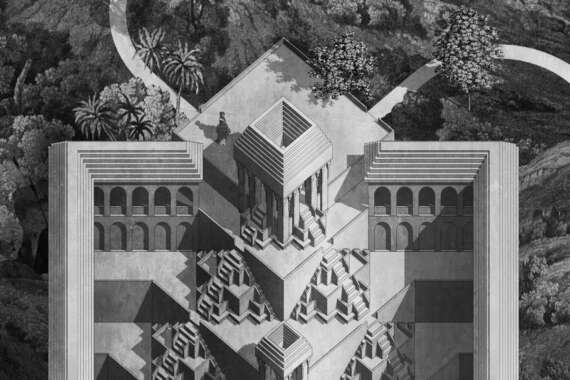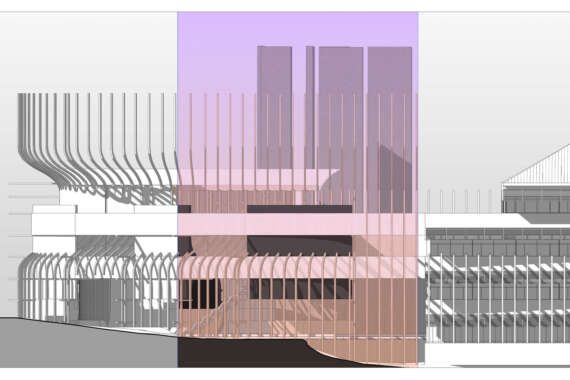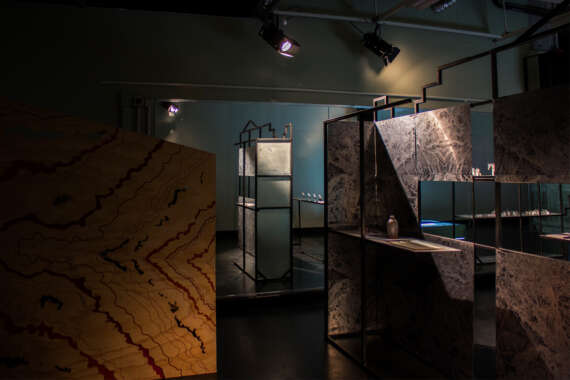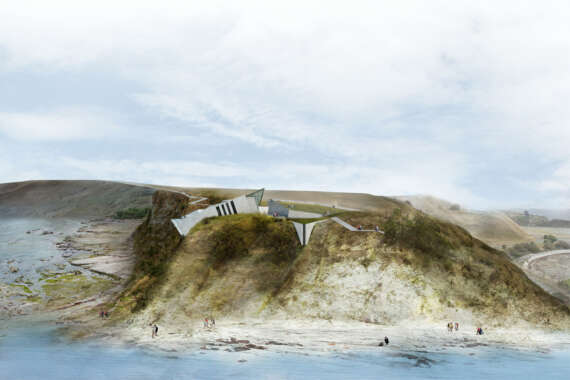Perception of Atmosphere: A Wanderer's Journey Towards Spiritual Contemplation
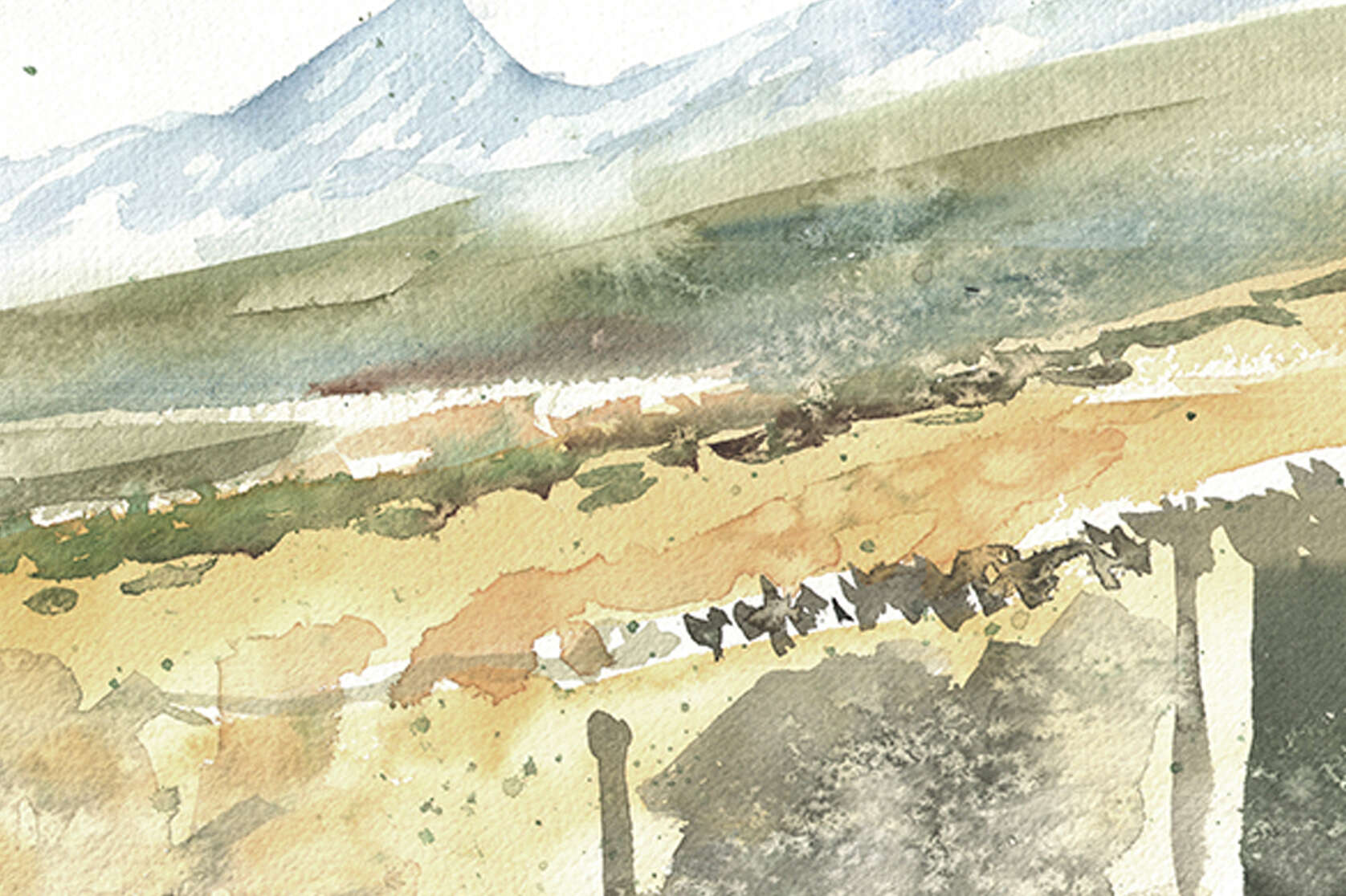
This thesis proposes an intuitive approach to prioritise the experience of architectural space and the feeling of atmosphere considered the starting point for design. It surveys ways of imagining, recording and translating, from the imagined atmosphere to architectural space. Watercolour as a rebellious drawing medium frees the architectural mind-set, and was tested in this thesis to capture the intangible emotions and metaphysical visualisation of atmospheres. Materials were exploited from their immanence to release the potential characteristics of atmospheres.







